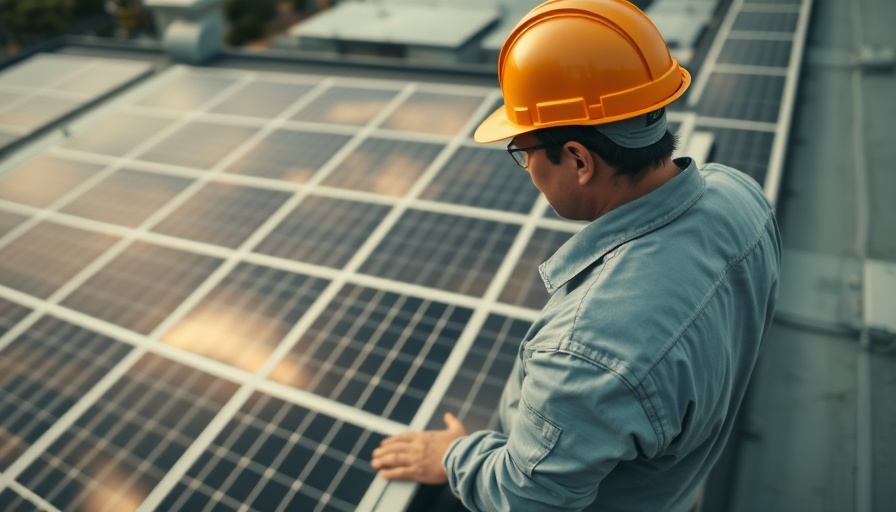
The Reality of Rising Electricity Prices in the Philippines
In the Philippines, high electricity prices continue to burden households, with average rates reaching about US$0.22 per kWh in 2024. This puts the country among the highest electricity costs in Southeast Asia, trailing only Singapore. While Singapore benefits from a stable power supply, the Philippines grapples with frequent power outages and a heavy reliance on imported fossil fuels that contribute to inconsistent energy availability. Filipinos endure an average of 28 electrical interruptions annually, significantly increasing their reliance on costlier backup diesel generators when the grid fails.
The Solar Power Potential
Despite its struggles, the Philippines boasts vast solar energy potential. Analysts highlight that only about 3.8% of the nation’s energy comes from solar and wind sources, leaving much room for growth. As electricity demand rises in urban areas, more households are looking at solar energy not only as a way to save money but as a commitment to sustainable living. Ley Hua, manager of SKYWORTH PV, pointed out that transitioning to renewable energy empowers homeowners to regain control over their energy needs while bolstering their climate change initiatives.
Obstacles to Rooftop Solar Adoption
Despite the evident benefits, several hurdles curb faster adoption. Initial investment costs and regulatory challenges hinder families from converting to rooftop solar systems. While the technology offers significant savings on electricity bills and a path toward renewable energy independence, many are held back by economic uncertainties. Policymakers are thus urged to create a supportive environment that promotes solar energy adoption through subsidies and streamlined regulations, making it more accessible for average households.
Benefits of Going Solar: A Lifestyle Upgrade
Switching to solar power isn’t just a financial decision; it’s increasingly viewed as a lifestyle upgrade. As public awareness regarding sustainability and environmental stewardship grows, Filipino households are adopting green energy solutions as part of a conscious living approach. The intersection of economic necessity and eco-friendly living captures the essence of today’s energy decisions. Families exploring solar options often note the importance of contributing to climate action and sustainability initiatives as they seek to reduce their carbon footprints.
Looking to the Future: Solar's Role in the Philippines
As the climate crisis becomes more pressing, the role of renewable energy in the Philippines will only grow in importance. Experts predict that with sustained investment in solar infrastructure and supportive policies, the country could significantly bolster its reliance on renewable resources, transforming energy generation and consumption trends across the region. Increased adoption of solar energy will provide a viable solution to the dual challenges of high electricity costs and unreliable availability.
Encouraging Transformation: The Community's Role
Communities can play a critical role in embracing and promoting solar energy initiatives. Through collective efforts, local programs can advocate for renewable energy solutions, encouraging a shift toward a sustainable future. From community gardens to solar co-ops, the approach to energy can extend beyond individual households, fostering communal ties while supporting a greener planet.
Take Action: Join the Solar Revolution
The movement towards solar energy in the Philippines not only addresses immediate economic burdens but also fosters long-term sustainable development. Now is the time to engage, educate, and inspire those around you to recognize the importance of clean energy initiatives. Advocacy for supportive policies and community knowledge-sharing about solar options can dramatically alter the landscape of energy consumption for future generations.
 Add Row
Add Row  Add
Add 



Write A Comment